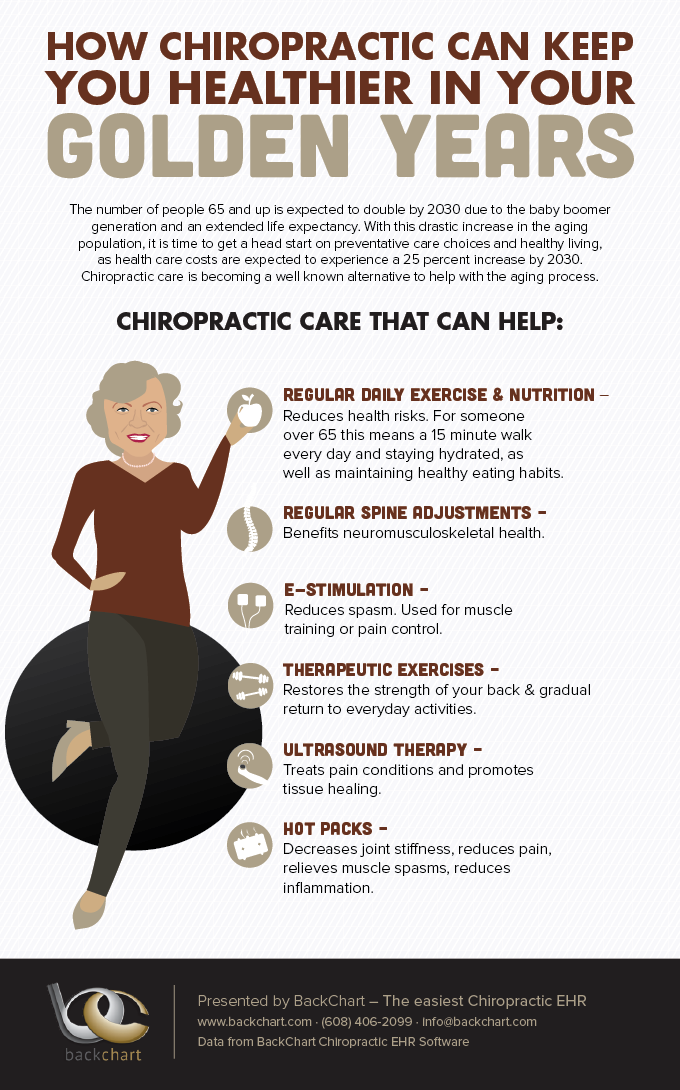The Mechanics And Results Of Cold Laser Treatment: Introducing The Scientific Understanding
The Mechanics And Results Of Cold Laser Treatment: Introducing The Scientific Understanding
Blog Article
Web Content Created By-Rosendahl Peters
You may have come across cold laser therapy as a promising therapy choice for various conditions, but have you ever questioned just how it actually works on a mobile degree? Understanding the devices behind this therapy can clarify its performance in advertising recovery and reducing swelling. By exploring the scientific research behind cold laser therapy, you'll get insights right into the remarkable ways in which light can affect mobile procedures and promote cells repair.
How Cold Laser Treatment Works
To comprehend exactly how cold laser therapy functions, you need to realize the basic concepts of just how light power communicates with biological tissues. Cold laser therapy, additionally known as low-level laser treatment (LLLT), makes use of specific wavelengths of light to permeate the skin and target underlying cells. Unlike the intense lasers made use of in surgeries, cold lasers discharge low degrees of light that do not create warm or trigger damage to the cells.
When these mild light waves reach the cells, they're soaked up by parts called chromophores, such as cytochrome c oxidase in mitochondria. laser pigmentation removal of organic feedbacks, consisting of enhanced cellular power manufacturing and the release of nitric oxide, which improves blood flow and reduces inflammation.
Furthermore, the light energy can additionally promote the manufacturing of adenosine triphosphate (ATP), the power currency of cells, aiding in cellular repair and regeneration processes.
Basically, cold laser treatment uses the power of light energy to promote recovery and relieve discomfort in a non-invasive and mild fashion.
Systems of Activity
How does cold laser treatment really function to create its healing results on organic tissues?
Cold laser treatment, also referred to as low-level laser treatment (LLLT), operates via a procedure referred to as photobiomodulation. When the cold laser is applied to the skin, the light energy passes through the cells and is soaked up by chromophores within the cells.
These chromophores, such as cytochrome c oxidase in the mitochondria, are after that promoted by the light power, causing a waterfall of biological reactions. One key system of activity is the improvement of mobile metabolic process.
https://www.medicalnewstoday.com/articles/what-is-co2-laser absorbed light energy enhances ATP production in the mitochondria, which is vital for mobile function and repair. In addition, cold laser treatment helps to lower inflammation by preventing inflammatory conciliators and advertising the launch of anti-inflammatory cytokines.
https://chiropractic-injury-clini17395.theideasblog.com/28312133/interested-by-the-possibility-of-chilly-laser-therapy-discover-its-advanced-benefits-for-pain-alleviation-and-healing-in-2024 anti-inflammatory effect contributes to discomfort alleviation and tissue healing.
Restorative Results
Comprehending the therapeutic impacts of cold laser therapy entails identifying how the boosted mobile metabolic process and anti-inflammatory homes contribute to its favorable outcomes on biological cells.
When the cold laser is related to the damaged location, it stimulates the mitochondria within the cells, causing increased manufacturing of adenosine triphosphate (ATP), which is vital for mobile feature and repair service. This boost in mobile energy accelerates the healing procedure by promoting cells regeneration and decreasing swelling.
Furthermore, the anti-inflammatory homes of cold laser therapy help to lower discomfort and swelling in the targeted area. By hindering inflammatory conciliators and promoting the release of anti-inflammatory cytokines, cold laser therapy aids in minimizing discomfort and enhancing the general healing reaction.
This reduction in swelling not just supplies prompt alleviation yet likewise supports lasting tissue fixing.
Final thought
Finally, cold laser treatment works by stimulating mobile repair and tissue regeneration through photobiomodulation. Its anti-inflammatory residential or commercial properties supply pain relief and decrease swelling by inhibiting inflammatory arbitrators.
This therapy supplies an extensive approach to recovery, providing both prompt alleviation and long-lasting cells repair work benefits.
With its systems of activity, cold laser treatment shows to be an effective and appealing therapy alternative for a selection of problems.
